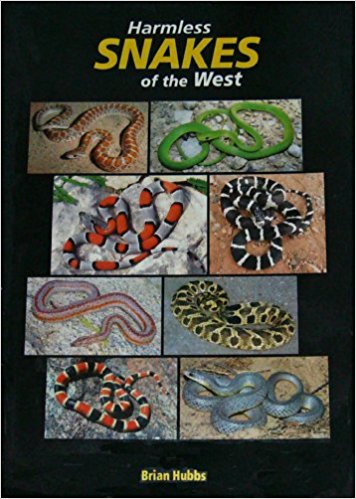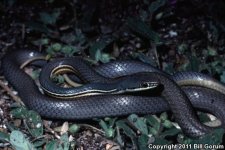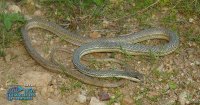| Range: |
 |
| Other Names: |
|
| Description: |
The Sonoran whipsnake is a long, slender snake reaching lengths between 2 and 5 feet (60 to 150 cm). The head is broad with large eyes. It is olive or bluish-gray fading to yellow towards the tail, with 2 or 3 light-colored stripes on each side. The belly is cream fading to pale yellow towards the tail. |
| Similar Species: |
The Striped Whipsnake is dark colored dorsally, pink toward the tail ventrally, has 15 rows of dorsal scales at midbody, and has four light stripes on each side. Other sympatric snakes with lateral stripes have keeled scales (Thamnophis) or an enlarged rostral with free edges (Salvadora). |
| Venom: |
None |
| Habitat: |
The Sonoran Whipsnake is most commonly found in rocky canyons, riparian areas, foothills and mountains with dense vegetation in elevations up to 6100 feet (1800 m). However, this snake is also found in open creosote bush flats. It is equally at home on the ground or in low, shrubby vegetation. Look for the Sonoran whipsnake in areas with ocotillos and palo verdes, but also in chaparral, cottonwood, juniper, and pine-oak forests. |
| Behavior: |
Fast moving snake, they will lift their heads high while watching for prey and then catch them with a quick burst of speed.
The snake then muscles the prey down while it is still alive. They do not constrict their prey. |
| Hibernation: |
In rodent burrows or in deep cracks in rocks. |
| Reproduction: |
Egg -layers, breed in the spring, 6-13 eggs are laid about a month later and then hatch about two months after that. |
| Diet: |
Eats lizards, birds and frogs. |
Sources:



|















